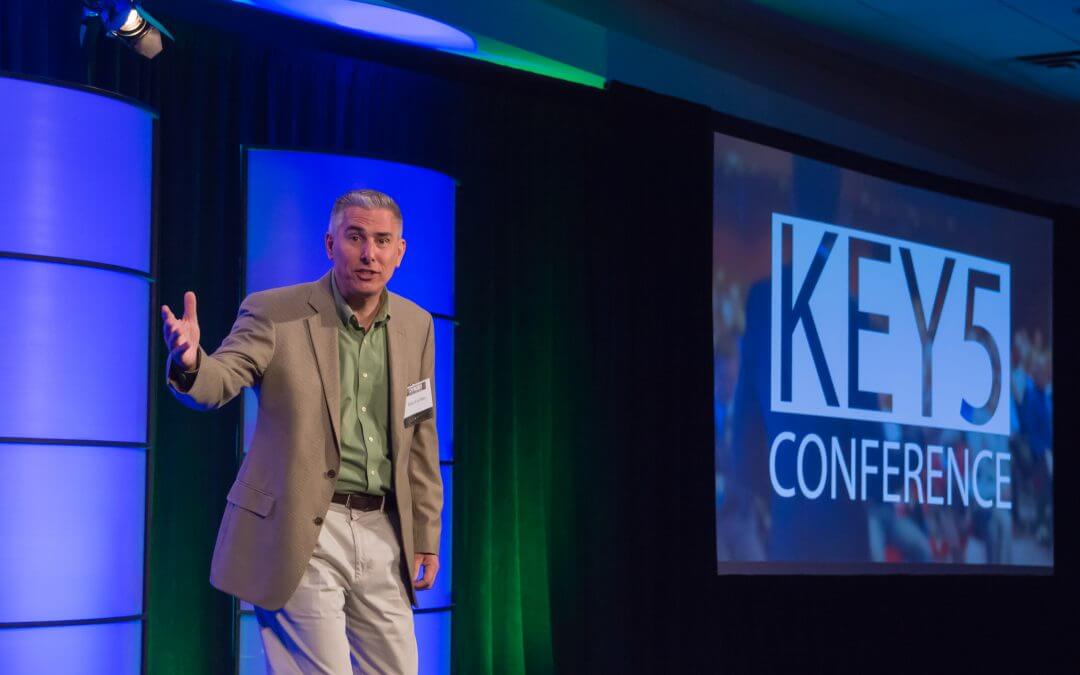I love the New Year. It’s a chance to reflect on the past. To revel in the present and enjoy some time off with those we love. But it’s also a chance to start anew. Hang a new calendar. Clean up the office. Turn the page. Promise to do better. Plan for the future.
Our household has some special challenges that make it hard to start a new year well. We typically travel the week after Christmas. Nothing extravagant, but away from home. As soon as we return, there is a kid’s birthday. Then my birthday. Return to school. The decorations are still up and need to be taken down and packed away. Then a massive cleanup is needed. We’re into week two, headed into the long MLK weekend. The last few years I’ve taken the holiday opportunity to go birding (pics!) and have a little peace in nature. I have to take a day of vacation to recover from all my vacation. I get back to it and the phone is ringing. Work is in full swing. None of that is bad – some if it is downright good. But the month is more than half over; the year is about 1/20th over. And I’ve done little to get moving. When you don’t start well, you’re playing catch-up for quite a while, realizing that you could have gotten a lot more done out of the gate.
That’s really the same thing that happens in most presentations. We waffle and idle and do things that should be done in another place. Our feelings (nerves?) get the best of us. By the time we get calmed down, settled in, on topic, and in our groove, the talk is half over and we’ve done almost nothing. I’ve seen meeting openings that spun their wheels for 15 or more minutes and once watched a conference open with over 50 minutes of adminstrivia that served no real purpose. This is a sure way to lose the most important people in the room – your audience.
The Serial Position Effect hints that the most likely things your audience will remember are the first and last things you say. Your opening is too important to allow for meaningless drivel and mindless, expected platitudes. Your audience doesn’t care how happy you are to be there, what your name is, all the people you remember who should be thanked, or even the topic of the presentation. At least not as the first thing. Get to something interesting, get their attention, and in due time, those elements might be necessary.
Here are three elements to a good communication start, whether it’s a class, a presentation, a meeting, or an interview, online or in person.
- Get the audience’s attention – Your audience has a lot on their collective minds. They need to be jolted out of their stupor to give you their attention. Online, get their eyes off their inboxes and on your screen. In person, they need to know that things are moving – rapidly – and they need to perk up and pay attention. This needs to be abrupt. It also needs to be pertinent. You could get your audience’s attention through some slapstick comedy routine or bad Karaoke. But your open should set the stage for the primary point you want your audience to take away. There needs to be an “Aha!” later that links your first words to the most important point you have to make.
- Give them a reason to listen – Sometimes I call this a Promise Statement. What are you promising that the audience will receive in exchange for 15 or 50 minutes of time? If it doesn’t matter to them and isn’t identified by them very early then you are inviting your audience to tune out. Everyone has been to a boring, useless presentation at some time in the past, and you need to communicate this is not one of those times or you are guilty by association. There are always more interesting things to do (a phone?) than listen to something that isn’t worth my time. Bluntly, if you cannot come up with concrete and specific reasons for your audience to listen, then you probably shouldn’t be talking to them.
- Remove obstacles – There are legitimate barriers to an audience giving you their undivided attention. But address those AFTER you have their attention and their motivation to stay tuned to the end. This is where we tuck a brief (VERY) introduction, the background information that led to this event, and even logistics like when the breaks occur or what to do with questions. Put them at ease. Make the audience realize that you have thought about THEIR needs and are addressing them at every turn.
Just like the New Year, when you start well, have your audience’s attention and commitment, and are set up for success, it tends to keep going well. It’s much harder to regain those items if you’ve lost them. Don’t leave the opening to chance – be interesting and valuable from your very first words.
How can you change your next opening to work for your audience?
I’ve been given an advanced preview of a tool called Yooli. It’s an Artificial Intelligence analyzer for speaker videos. I’m providing feedback on the tool in its development (I used to be a software tester), but I’m excited about what it will do for those willing to use video to advance their speaking skills. Head on over to https://www.yoodli.ai/ and sign up to be notified when it will be publicly available.
The 2022 dates for our public Powerful, Persuasive Speaking workshops have been set. We’ll hold two public workshops in Raleigh, NC: March 28-29 & September 12-13. Head on over to https://millswyck.ticketleap.com/ to sign up. If you have a team in your organization that need advanced speaking skills, now is the time to schedule in-house training for them as well.
Communication matters. What are you saying?
Want more speaking tips? Check out our Free Resources page and our YouTube channel.
We can also help you with your communication and speaking skills with our Workshops or Personal Coaching.
This article was published in the January edition of our monthly speaking tips email newsletter, Communication Matters. Have speaking tips like these delivered straight to your inbox every month. Sign up today to receive our newsletter and receive our FREE eBook, “Twelve Tips that will Save You from Making a Bad Presentation.” You can unsubscribe at any time.




